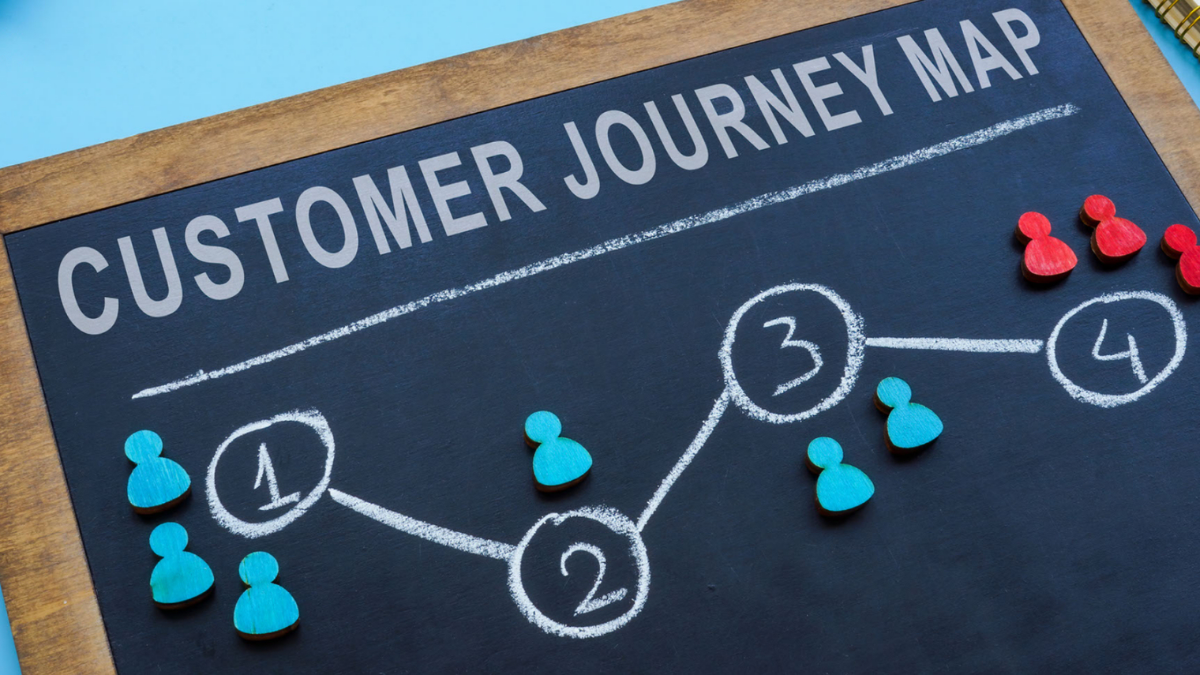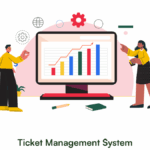Introduction
In today’s experience-driven economy, businesses must do more than just sell products or services. They need to deliver memorable, consistent, and seamless interactions across the entire customer journey. Understanding how a customer interacts with a brand—from initial awareness to post-purchase support—is essential for improving satisfaction, boosting loyalty, and increasing conversions.
Customer journey mapping is a powerful tool that visualizes the entire path a customer takes, allowing businesses to identify touchpoints, pain points, and opportunities for enhancement. This article explores how to build, understand, and optimize the complete customer journey for better results.
1. What Is Customer Journey Mapping?
Customer journey mapping is the process of creating a visual representation of every experience a customer has with your business. This includes online and offline interactions, emotional responses, decisions made, and touchpoints encountered.
Rather than focusing solely on transactions, journey mapping explores the full experience from the customer’s perspective, helping businesses align their strategies with actual behaviors and expectations.
2. Key Stages of the Customer Journey
Every business may have slightly different customer journeys, but most follow a common structure:
a. Awareness
At this stage, potential customers discover your business through advertising, search engines, word-of-mouth, or content. The goal here is to attract attention and generate interest.
b. Consideration
Now aware of your business, customers begin evaluating their options. They might read reviews, compare features, and seek more information before making a decision.
c. Decision
The customer decides to make a purchase. This phase includes the checkout process, in-person transactions, or contract signings.
d. Retention
After the purchase, it’s critical to maintain the relationship. Support, follow-up communication, loyalty programs, and continued engagement are vital here.
e. Advocacy
A loyal customer may become an advocate, recommending your business to others, leaving positive reviews, or sharing their experience.
3. Why Mapping the Customer Journey Matters
Customer journey mapping reveals insights that can lead to major improvements:
- Identifying pain points that cause drop-offs or dissatisfaction
- Enhancing customer experience by streamlining interactions
- Personalizing communication based on customer behavior
- Improving cross-functional collaboration by aligning sales, marketing, and service teams
- Driving loyalty and revenue growth through better engagement
4. Steps to Create a Customer Journey Map
Step 1: Define Clear Objectives
Decide why you’re mapping the journey. Are you trying to improve retention? Streamline onboarding? Increase conversion rates? Having a goal guides your focus.
Step 2: Create Customer Personas
Personas are fictional representations of your ideal customers. They should include demographics, goals, challenges, behaviors, and preferred communication channels.
Step 3: Identify Customer Touchpoints
List every interaction point—website visits, emails, phone calls, social media, in-store experiences, etc. Each touchpoint should be evaluated for its effectiveness.
Step 4: Gather Customer Feedback
Use surveys, interviews, and analytics to understand the customer’s thoughts, feelings, and actions at each stage. This real-world input is crucial for an accurate map.
Step 5: Map the Journey Stages
Lay out the journey in a visual format. Include the stages (Awareness, Consideration, etc.), corresponding touchpoints, emotions, pain points, and actions.
Step 6: Analyze and Identify Gaps
Look for inconsistencies, delays, or frustrations that might hinder progress or lead to drop-offs. These are opportunities for optimization.
Step 7: Implement and Monitor Improvements
Once the map is created and opportunities identified, make targeted changes. Monitor performance metrics to evaluate effectiveness and adjust as needed.
5. Common Customer Journey Mapping Mistakes
- Ignoring customer input: Making assumptions without real data leads to flawed insights.
- Focusing only on digital touchpoints: Offline experiences are equally important.
- Creating one generic journey: Different personas may follow different paths.
- Failing to update the map: Customer expectations evolve; your map should too.
6. Tools and Techniques for Optimization
To optimize the journey, consider using:
- Behavior tracking tools to analyze how customers interact with your digital assets
- Surveys and feedback forms to gauge satisfaction
- A/B testing to refine touchpoints like landing pages or emails
- Cross-channel analytics to understand multi-platform behavior
- Customer segmentation to deliver more personalized experiences
7. Benefits of an Optimized Customer Journey
When the customer journey is smooth, personalized, and consistent, businesses can expect:
- Higher customer satisfaction
- Improved conversion rates
- Lower churn rates
- Greater brand loyalty
- Increased word-of-mouth marketing
These benefits translate into stronger customer relationships and long-term business growth.
Conclusion
Customer journey mapping is not a one-time task but an ongoing strategy. As your business evolves and customer behaviors shift, revisiting and refining the journey map ensures you remain aligned with expectations. By truly understanding how customers interact with your brand and acting on those insights, you can create experiences that not only meet but exceed their needs—turning casual buyers into lifelong advocates.
Frequently Asked Questions (FAQs)
Q1: What is a customer journey map?
A: A customer journey map is a visual representation of the steps a customer takes when interacting with a business, from initial contact through purchase and beyond.
Q2: How does journey mapping help businesses?
A: It helps businesses understand customer behavior, identify friction points, personalize experiences, improve engagement, and drive customer satisfaction and loyalty.
Q3: How often should customer journey maps be updated?
A: They should be reviewed regularly—at least every 6 to 12 months—or when major changes occur in your offerings, technology, or customer behavior.
Q4: Do different customer personas require different journey maps?
A: Yes. Different personas may have unique goals, challenges, and paths to purchase. Creating multiple maps ensures a tailored experience for each group.
Q5: What kind of data is needed to build a customer journey map?
A: Data may include customer feedback, website analytics, purchase history, customer service interactions, and behavioral tracking across platforms.



